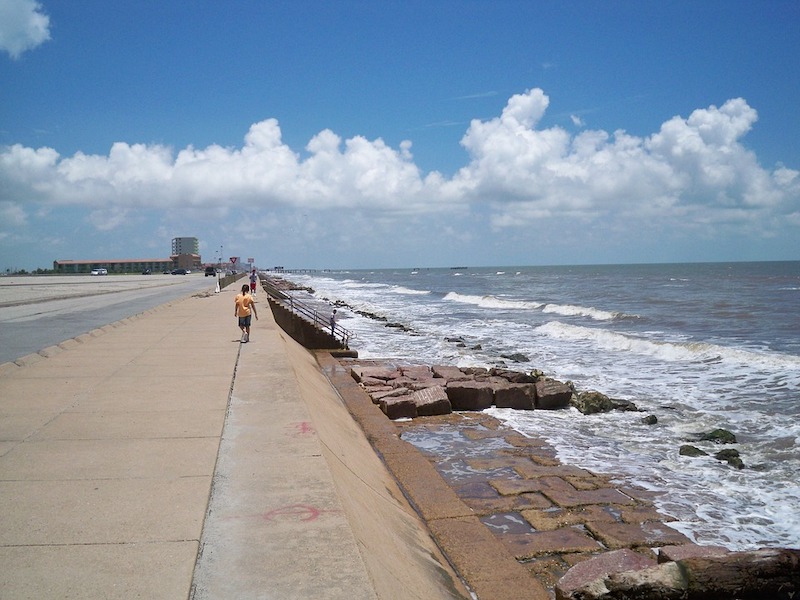A plan being developed by the Texas General Land Office and the U.S. Army Corps of Engineers would spend as much as $32 billion to protect the Houston-Galveston area from storm surges.
The project would construct the nation’s most ambitious and expensive coastal barrier system. It would consist of 12-foot-high sand dune-topped levees to protect beachfront homes and businesses as well as a storm surge barrier system.
The plan has already gone through revisions to make it more effective and more environmentally friendly. The plan has drawn criticism from the Galveston business community which says a proposed ring levee would hinder cargo and passenger loading at the Port of Galveston. Environmentalists are concerned that a gate system between Galveston and Bolivar to block storm surges would diminish exchange of saltwater and freshwater between Galveston Bay and the Gulf of Mexico that is important to marine life.
The Houston-Galveston region, home to millions of people and the nation’s largest petrochemical complex, is vulnerable to massive storm surges and currently has no comprehensive storm protection system.
Related Stories
Codes and Standards | Oct 4, 2021
Boston City Council approves mandate for major emissions cuts for large buildings
Applies to buildings 20,000 sf or larger—about 4% of city’s buildings.
Codes and Standards | Oct 4, 2021
HPD Collaborative and Green Seal to align standards
Will result in expanded options for manufacturers to enhance sustainability reporting and certifications.
Codes and Standards | Sep 30, 2021
U.S. has a deficit of 5 million homes
Builders unable to keep pace with demand.
Codes and Standards | Sep 29, 2021
Mass Timber group study will compare structural round timber to glulam products and steel
Will compare costs, capabilities, and carbon impacts of structural materials.
Codes and Standards | Sep 28, 2021
Massachusetts creates Commission on Clean Heat
First-of-its kind body to set targets for buildings to reduce emissions from heating fuels.
Codes and Standards | Sep 27, 2021
Commercial real estate industry faces SEC climate disclosure regulations
Risks associated with climate change would have to be revealed.
Codes and Standards | Sep 22, 2021
Group proposes Carbon Use Intensity metric for new buildings
Plan would track embedded carbon on projects.
Codes and Standards | Sep 22, 2021
Illinois’s sweeping climate bill includes statewide stretch code, building electrification measures
Aims for zero-emissions power sector by 2045.
Codes and Standards | Sep 22, 2021
Cities need to step up flood mitigation efforts to save lives
Recent storms highlight climate change dangers.
Codes and Standards | Sep 21, 2021
Steps to improve ventilation for Covid can combat colds and flu
New look at airborne disease spread shows time viruses linger in air may have been underestimated.

















